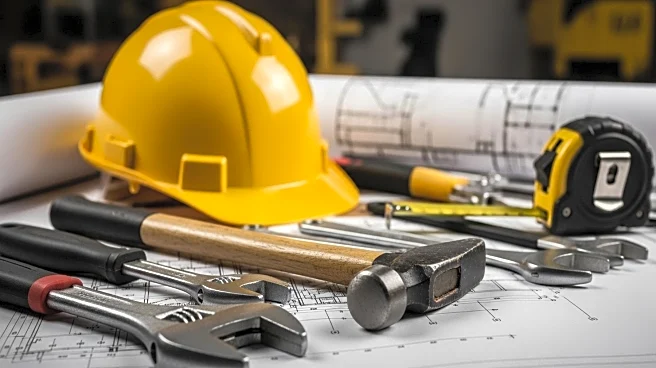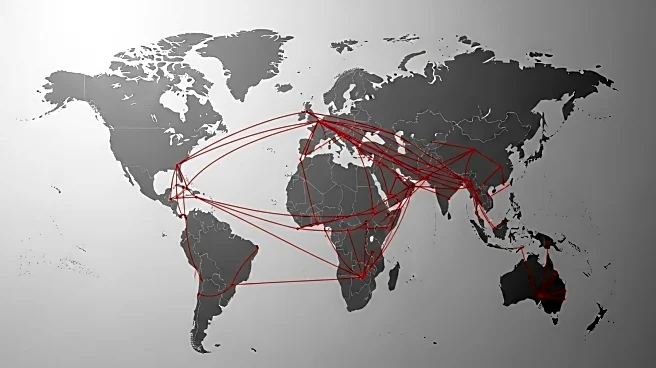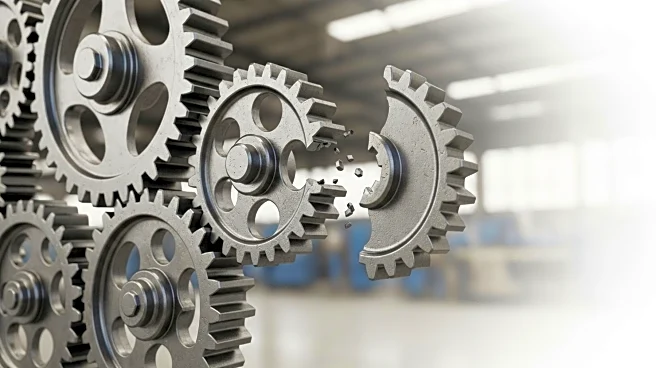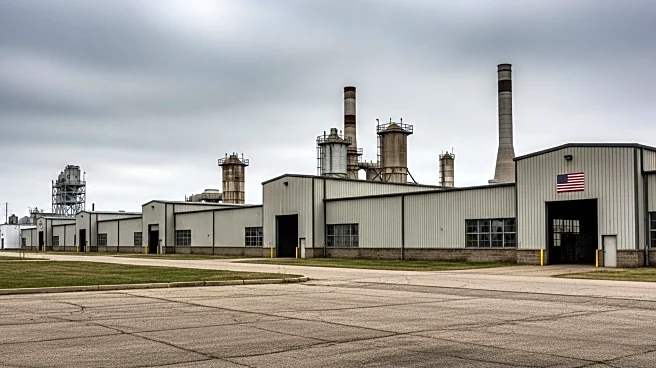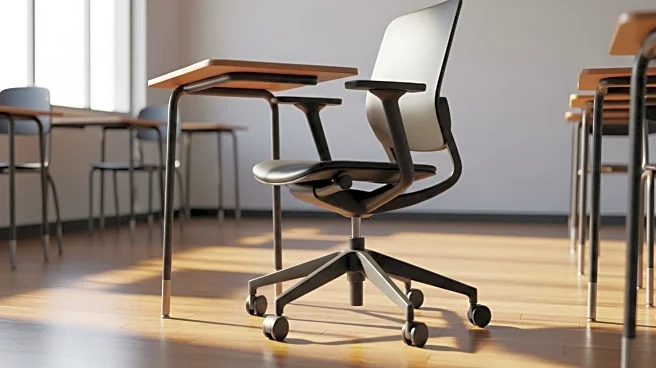What's Happening?
The construction industry is grappling with the impact of tariffs on steel, aluminum, and copper, which have led to increased project costs and slowed spending. These tariffs, implemented under President Trump's policies, are affecting both ongoing and planned construction projects. Industry experts are divided on whether tariffs can ultimately provide long-term resilience for U.S. builders. Some argue that tariffs could spur domestic economic momentum, while others believe they simply add to building costs. The debate centers around finding a balance where tariffs can support domestic manufacturing without excessively raising costs.
Why It's Important?
The tariffs have significant implications for the construction industry, influencing project costs and potentially reshaping the competitive landscape. While tariffs may encourage domestic manufacturing, they also pose challenges due to increased input costs and workforce shortages. The construction sector's ability to adapt to these changes will be crucial in determining its future growth and resilience. The ongoing debate highlights the need for predictable and sustained tariff policies to support long-term investments in domestic production. The industry's response to these challenges will impact economic stakeholders, including contractors, manufacturers, and policymakers.
Beyond the Headlines
The skilled labor shortage in the construction industry is exacerbated by the U.S. education system's focus on university degrees over vocational training. This shortage complicates efforts to expand domestic manufacturing and infrastructure. Tariffs, reliant on executive action, are politically fragile and could be nullified by future administrations, adding uncertainty to long-term investments. The debate over tariffs underscores broader issues related to trade policy, workforce development, and economic resilience. Addressing these challenges requires a comprehensive approach that balances trade barriers with domestic growth opportunities.
